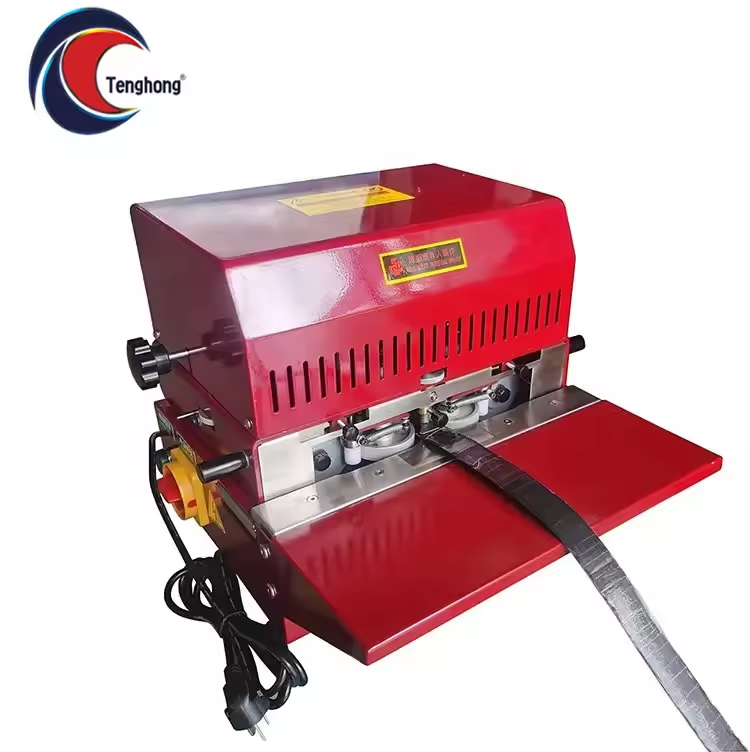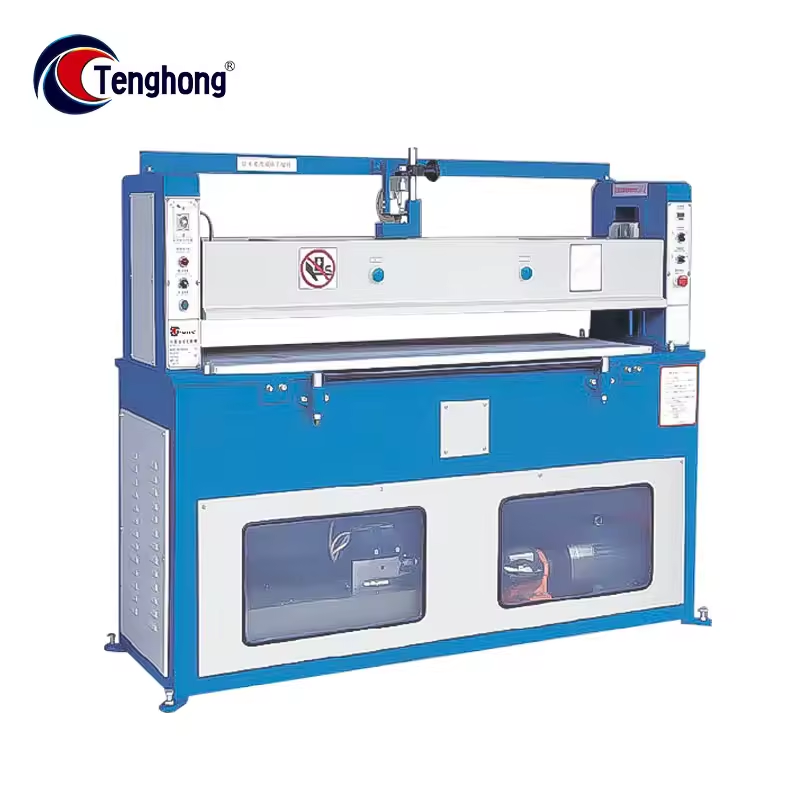Thermal Regulation Strategies for Extended Tooling Component Service Life
Understanding Thermal Stress in Tooling Components
Impact of Overheating on Component Longevity
When tools get too hot, they don't last nearly as long because of something called thermal fatigue. Basically, what happens is the metal gets stressed from going through heating and cooling cycles again and again until it starts breaking down at the molecular level. Research shows parts subjected to extreme heat just plain wear out quicker than those kept within safe temperature ranges, which obviously affects how well they work over time. The overheating speeds up all sorts of damage processes like rust forming on surfaces and tiny cracks developing inside the material itself. Regular temperature checks really matter for keeping things running smoothly. Companies that keep tabs on these numbers regularly find they can spot potential problems before they become serious issues. This kind of proactive approach means replacing worn parts less frequently and maintaining better overall equipment performance without unexpected breakdowns disrupting production schedules.
Common Failure Points in Leather Die Presses and Strip Cutters
Leather die presses and strip cutters tend to break down at certain spots most of the time, especially around joints or where there's not enough heat getting out from all that thermal stress. Anyone running these machines really needs to know which parts get hit hardest by this kind of stress because knowing ahead of time helps prevent breakdowns before they happen. Studies show that parts located in those high stress zones just don't last as long since they're constantly expanding and contracting when temperatures change during operation. When manufacturers take a close look at where their leather processing equipment has weak points regarding thermal stress, they end up saving money on repairs and fixing things before major problems occur. This attention to detail also means less waiting around for machines to be fixed and smoother operations across the board.
Core Thermal Regulation Strategies for Tooling Systems
Heat Sinking and Conduction Optimization
Good thermal control helps tooling parts last longer, and heat sinking makes all the difference here. When manufacturers use better heat sinking materials, they actually cut down the temperatures these components run at, so they don't wear out as fast. Getting thermal conduction right matters too because it cuts down on wasted energy while things are running, making everything work better overall. Industry data shows that when companies implement solid heat sinking methods, some parts end up lasting about 30% longer than before. This kind of temperature management really counts in tough working conditions where tools get pushed to their limits day after day.
Coolant Systems for Friction Reduction
Coolant systems play a major role in cutting down friction during tooling work, which really boosts how well machines perform. When companies pick the right kind of coolant for their needs, they get better control over heat buildup, particularly important when things start getting hot during production runs. Research indicates that machines with good coolant setups tend to fail about 25 percent less often than those without proper cooling solutions. Fewer breakdowns means longer lasting equipment and better output across the board. For manufacturers running lots of tools all day long, investing in decent coolant systems just makes sense both from a maintenance perspective and bottom line standpoint.
Thermal Barrier Coatings for High-Tolerance Applications
For applications requiring tight tolerances, thermal barrier coatings act as essential protection for tooling parts facing severe temperature changes. The coatings offer good insulation properties while making tools more resistant to wear, which means they last much longer before needing replacement. Studies from aerospace manufacturing show these coatings hold up well even when exposed to intense heat cycles during production runs. When manufacturers apply such coatings to their equipment, they find their tooling stays durable and dependable over time. This results in fewer breakdowns and better overall performance from machinery, helping shops keep production lines running smoothly without unexpected interruptions.
TengHong Machinery’s Advanced Thermal Solutions
TH-141C Horizontal Dyeing Machine: Precision Cooling for Curved Edges
What makes the TH-141C Horizontal Dyeing Machine special is its precise cooling system, which works really well for those tricky dye jobs on items with curved edges. The engineers behind this machine focused heavily on temperature control, so colors come out evenly applied without damaging sensitive fabrics during processing. Many people who work with this equipment report good things about how efficiently it runs day after day. They mention seeing far fewer problems related to heat than they did with older models. All these real world experiences point to one thing: the TH-141C handles complicated dyeing requirements reliably time and again, something textile shops need when working on high quality products.
.png)
TH-630 Bilateral Dyeing System: Synchronized Thermal Control
The TH-630 Bilateral Dyeing System has built-in synchronized thermal control that really improves how evenly dyes get applied throughout fabrics. With its advanced sensor technology, it keeps temperatures just right on both sides of whatever material is being dyed, so there's no risk of those annoying patches where color doesn't take properly or materials warp from heat stress. Real world testing shows these temperature controls make a big difference too. One textile factory reported cutting their waste rate by nearly 30% after switching to this system, while another saw consistent color quality across entire batches for the first time in years. These kinds of improvements show why good thermal management matters so much in modern dyeing operations. Manufacturers looking to boost productivity without compromising on quality are finding these systems essential for keeping up with today's demanding market expectations.

TH-226 Hydraulic Cutter: Heat-Resistant Hydraulic Efficiency
What sets the TH-226 Hydraulic Cutter apart from competitors is its ability to handle extreme temperatures thanks to specialized heat-resistant materials built right into the core components. This design choice means operators can count on consistent performance even when working in hot environments where other cutters might struggle. Field tests have shown that machines equipped with these thermal management features require fewer repairs over time while maintaining higher output rates during long shifts. Looking at how TengHong engineered this cutter reveals their commitment to solving real problems faced by professionals who need reliable equipment day after day without unexpected breakdowns costing them valuable time and money.

Material Selection and Maintenance for Thermal Durability
High-Thermal-Conductivity Alloys in Shoe Stitching Machines
Shoe stitching machines built with high thermal conductivity alloys perform much better than standard models. The special materials help manage heat buildup during operation, which keeps the machines running smoothly even when pushed hard. When thermal issues are handled properly, these industrial sewing machines can stitch at top speeds without melting down or losing precision in the seams. Factory floor reports indicate that shops using this technology see their machines working about 15% faster on average. The longer life span of these upgraded machines means fewer breakdowns and repairs over time, something plant managers love since it cuts down on downtime and saves money in the long run.
Preventive Maintenance for Consistent Thermal Performance
Keeping tooling machinery well maintained through regular checkups makes all the difference when it comes to maintaining good thermal performance and preventing those nasty surprise breakdowns. When technicians actually take time to look under the hood and make necessary adjustments, they spot small problems long before they turn into major headaches. Companies that stick with scheduled maintenance routines often see around a 40 percent drop in unplanned equipment failures according to industry reports. Beyond just keeping temperatures stable throughout operations, proper maintenance adds years to machine lifespan while making them work better overall. The bottom line? Less downtime means fewer repair bills and happier production schedules for everyone involved.

